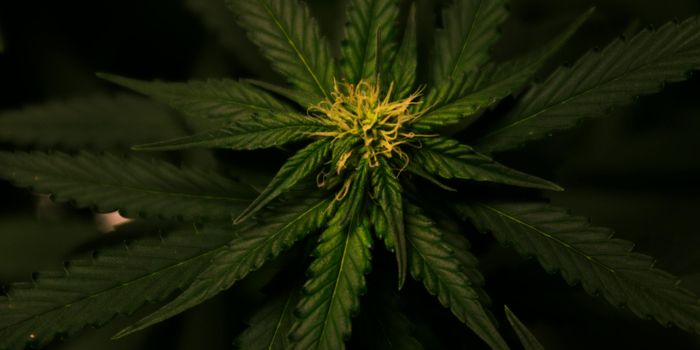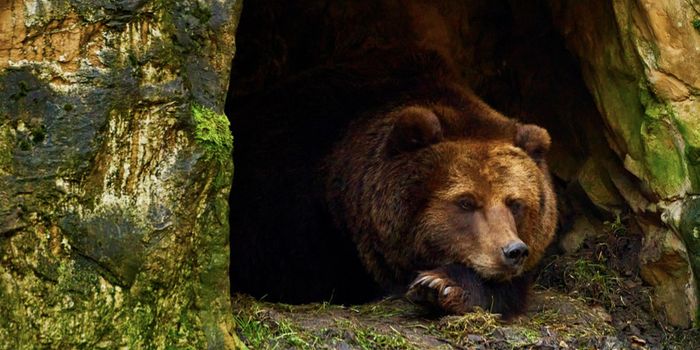99-Million-Year-Old Spider Found in Amber Sample
A growing number of impressive fossil specimens have been discovered in the forests of Myanmar; already, scientists have found a great specimen of well-preserved bird wings, and even an almost fully-intact lizard.
Now, researchers have discovered a very well-preserved fossil inside of another sample of amber from the same forest of a spider that could date back as long ago as 99 million years.

Image Credit: Paul Selden
The findings are published in Cretaceous Research.
The unsuspecting little fellow probably stumbled upon this collection of sticky goo, way back when, and when it hardened, it preserved and mummified the spider in place until it would be discovered in modern day by scientists.
Scientists have given it the name Electroblemma bifida.
“Fossils are windows to the past and provide a way to understand the timing and mode of diversification of life on Earth,” paleobiologist Erin Saupe said to National Geographic. “By studying fossils, we can get an idea of where certain groups first originated and how they diversified through time.”
It’s a rather interesting specimen; it appears to have a set of horns growing out of its fangs as well as a protection on top of its head.
The spider has been identified as a member of the Tetrablemmidae family, and this family of spiders has not only horns all over its body, but also a number of defensive features, such as armor to protect it from predators like wasps.
Horns aren’t unusual in this family of spiders, but where they are placed is certainly intriguing. The specimen also shows that spiders haven’t evolved a whole lot over 99 million years, and are still just as creepy today as they were back then.
There are some features of this particular spider family that don’t apply to this preserved specimen, such as the lower count of eyes compared to other spider species. These may not have lasted on the specimen through the preservation process, so it’s hard to tell for sure what happened there.
Scientists expect to find more interesting fossils the longer they spend searching the Myanmar forest. It should be interesting to see what else they are able to dig up.
Source: National Geographic








